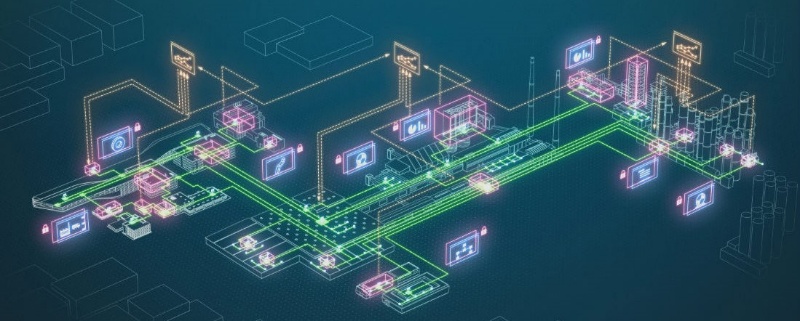Work in the course is built around lectures and project assignments related to the central fields of the course. The course includes a writtenn examination on the central elements in SCM and production logistics, as well as a project presented by a written assignment on applications, reflections and critical analysis regarding technologies for production logistics and the connection between digitisation and the operation and development of sustainable production logistics.
ML2305 Production Logistics and Supply Chains 6.0 credits

The course introduces tools for managing supply chains as well as solutions to improve material and information flows in production logistic processes.
Information per course offering
Choose semester and course offering to see current information and more about the course, such as course syllabus, study period, and application information.
Information for Autumn 2025 TITHM programme students
- Course location
KTH Campus
- Duration
- 27 Oct 2025 - 12 Jan 2026
- Periods
- P2 (6.0 hp)
- Pace of study
33%
- Application code
50844
- Form of study
Normal Daytime
- Language of instruction
English
- Course memo
- Course memo is not published
- Number of places
Places are not limited
- Target group
- No information inserted
- Planned modular schedule
- No information inserted
- Schedule
Contact
Course syllabus as PDF
Please note: all information from the Course syllabus is available on this page in an accessible format.
Course syllabus ML2305 (Autumn 2019–)Content and learning outcomes
Course disposition
Course contents
The aim of the course is that the student should obtain understanding of and tools for supply chain management in technology intensive sectors, but also that they should realise how these theories and tools can be applied in service producing supply chains. Further, students should obtain advanced knowledge of how technical solutions can improve material and information flows in internal productions logistics, transport and storage systems, as well as in SCM (including intermodal transports). The course will also form a basis for critical analysis of ethical, safety and integrity challenges in layers and transport systems as well as interaction between man and automated equipment.
Intended learning outcomes
After passing the course, the students should be able to:
- Define production logistics and supply chain management and categorise the different elements in a supply chain by applying an established framework.
- Describe, analyse and compare different transport systems and warehouse logistics systems, their components and underlying technologies for internal and external material flows.
- Explain how and under which requirements an increased digitisation and various IT systems can facilitate a transparent and seamless information flow in production logistics or in a supply chain.
- Identify and analyse interplay and information sharing in different parts of the production logistics, between different units in an organisation and between companies in a supply chain for physical products.
- Analyse the needs of a producing company, regarding its internal and external logistics systems from environmental, social and economical perspectives and set together possible solution proposals.
Literature and preparations
Specific prerequisites
Recommended prerequisites
ML1504 or the equivalent.
Literature
Examination and completion
If the course is discontinued, students may request to be examined during the following two academic years.
Grading scale
Examination
- PRO1 - Project work, 3.0 credits, grading scale: A, B, C, D, E, FX, F
- TEN1 - Written exam, 3.0 credits, grading scale: A, B, C, D, E, FX, F
Based on recommendation from KTH’s coordinator for disabilities, the examiner will decide how to adapt an examination for students with documented disability.
The examiner may apply another examination format when re-examining individual students.
The examiner decides, in consultation with KTH's coordinator for disabilities (Funka), about possible adapted examination for students with documented, permanent disabilities. The examiner may permit other examination format for re-examination of individual students.
Examiner
Ethical approach
- All members of a group are responsible for the group's work.
- In any assessment, every student shall honestly disclose any help received and sources used.
- In an oral assessment, every student shall be able to present and answer questions about the entire assignment and solution.